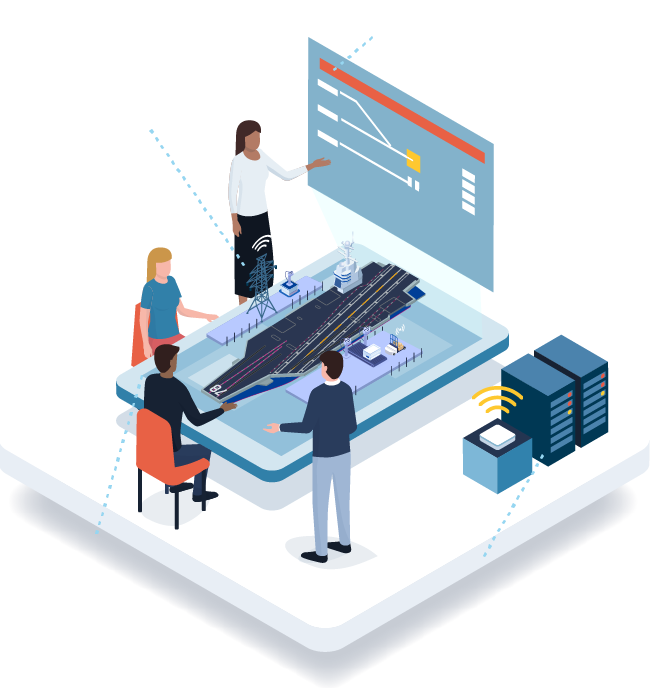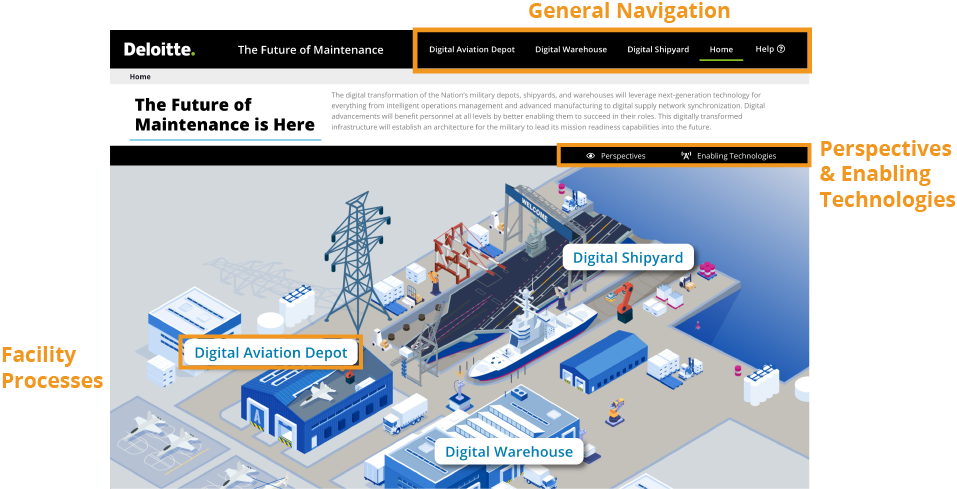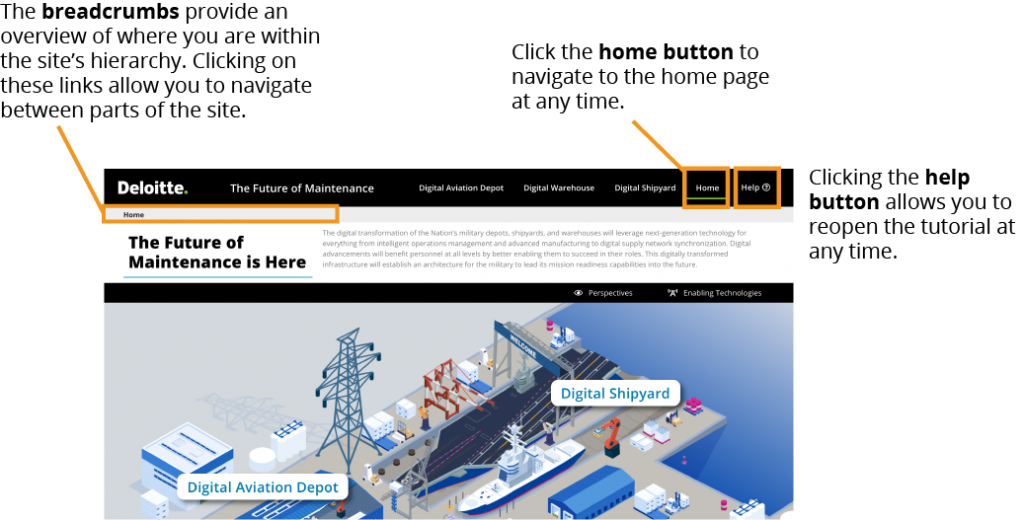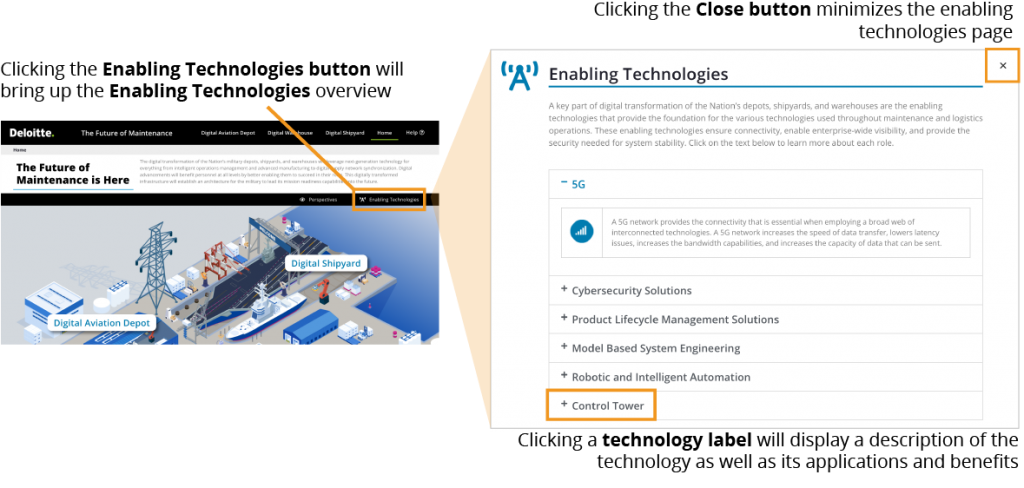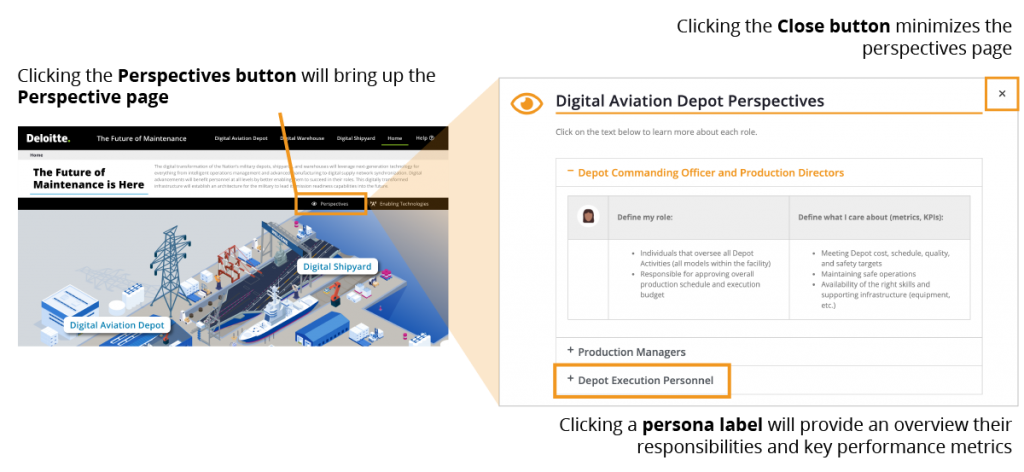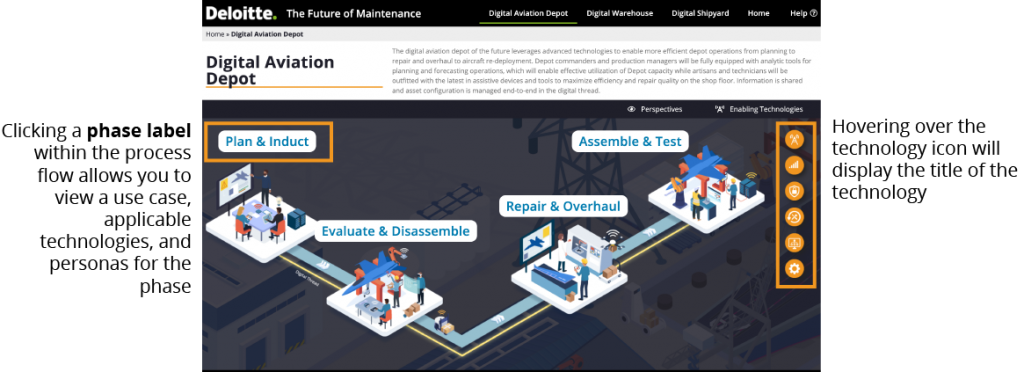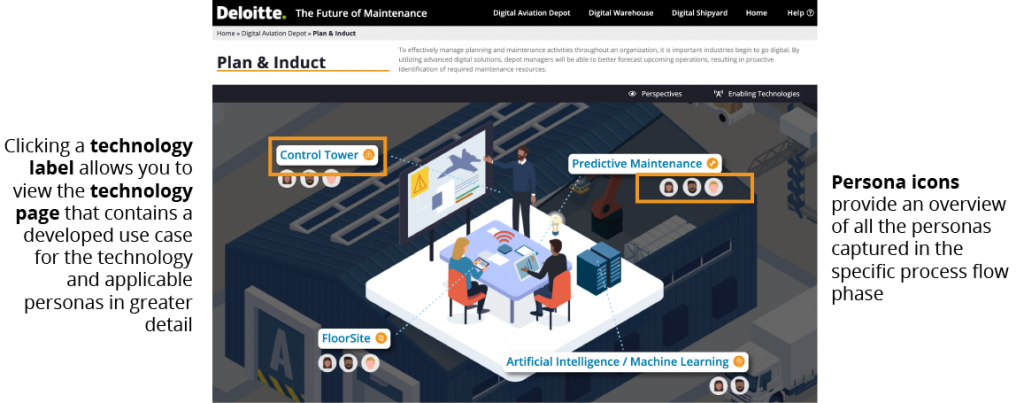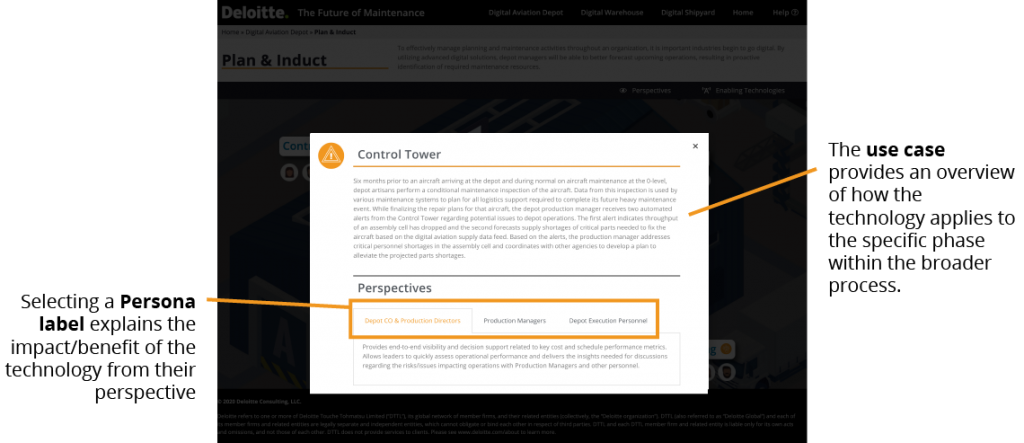Plan & Induct
The first phase in shipyard operations and optimization is the Plan and Induct Phase. This phase encompasses forecasting of machine assets and manpower availability allowing the Fleet, Shipyard Commanders, and Program Managers to coordinate the development of schedules for ships coming into the shipyards. This also enables Shipyard personnel to properly plan their machine assets and personnel to accomplish their mission quickly and efficiently. This is the first introduction to the planning technologies like Control Tower, Supplier Risk Management tools, and Artificial Intelligence/ Machine Learning, that will increase efficiency and productivity at each shipyard.
